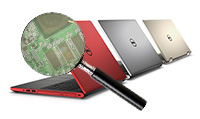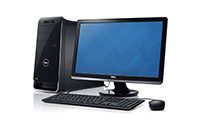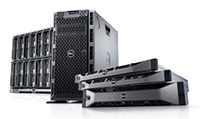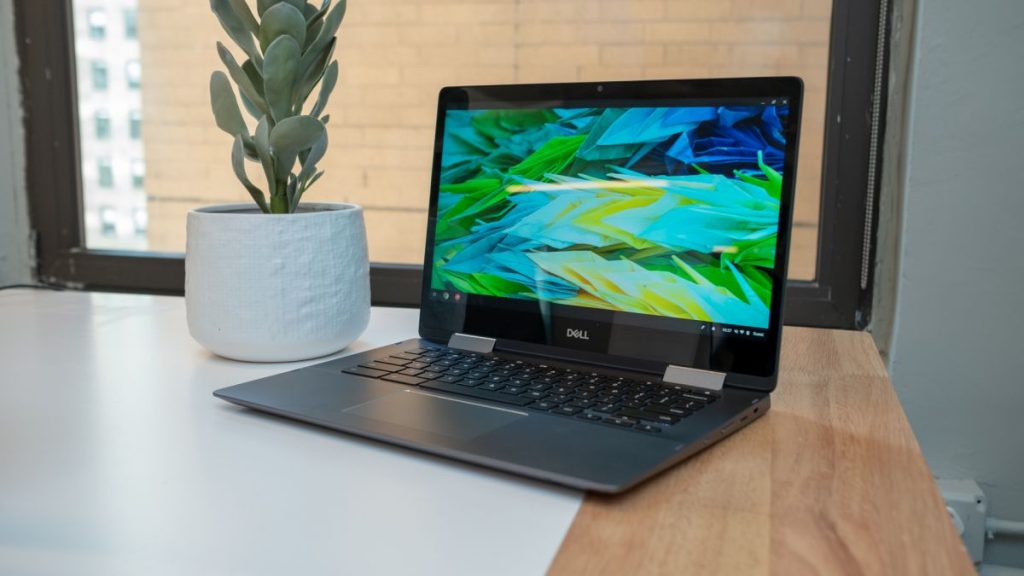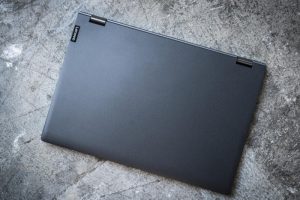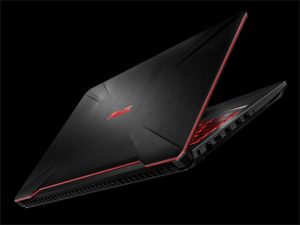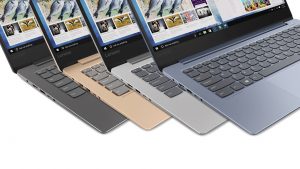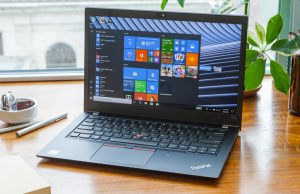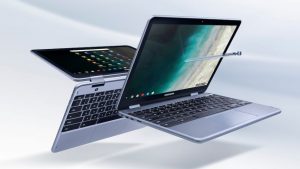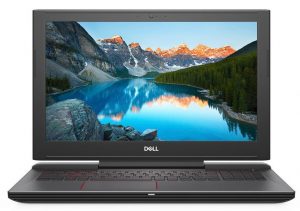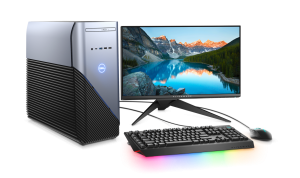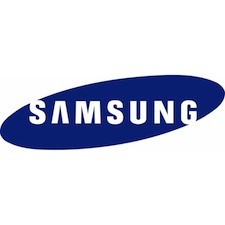

While Samsung has already released the 10-nanometer NAND flash for SSD’s and several other products, shrinking DRAM down to that size is considerably more difficult. Since volatile memory requires a capacitor to go with the transistor, all the components must be significantly smaller. Multiply that problem by 8 million (the number of cells in this particular chip) and you’re looking at a mind-boggling puzzle of pieces. Samsung says they approached this size problem by improving their quadruple patterning technology, where multiple lithographic exposures are taken to increase the resolution of chip features. The end product is a chip that is 30 percent faster and 10 to 20 percent more power efficient than their last-gen 20-nanometer RAM - an enormous step forward in the world of computing. Memory speed is an important factor that helps to determine exactly how fast data moves through a computer. Samsung’s new memory chips will offer a top speed of 3,200MHz, which is quite an improvement from the 2,400MHz offered by their previous DDR4 memory chips.
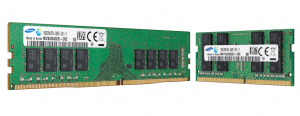


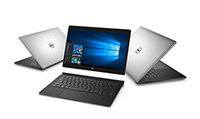 Laptop & Tablet Parts
Laptop & Tablet Parts